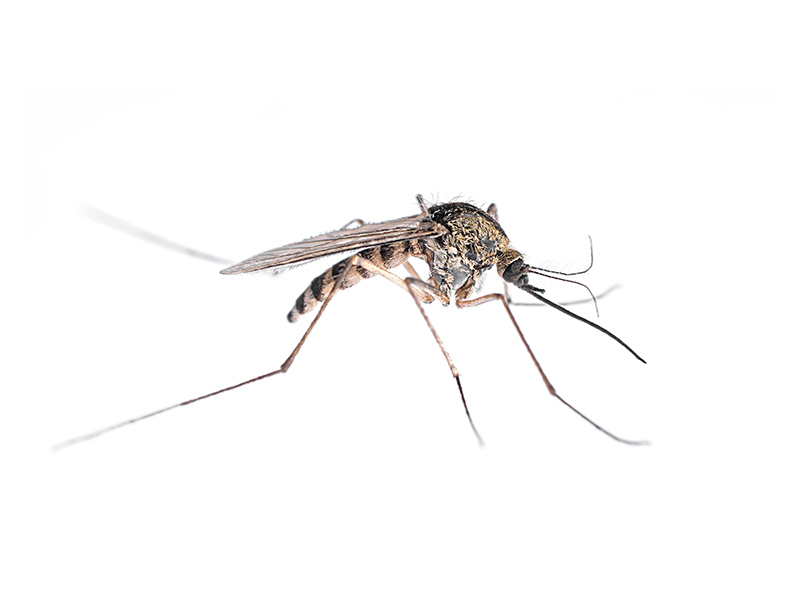Pest Control treatments covering residential and commercial properties.
Eco-Friendly Parasite Control Approaches for Taking Care Of Wild Animals in Urban Locations
Urban areas often locate themselves at the intersection of human task and wildlife, leading to unique challenges in bug management. These methods not just safeguard the atmosphere yet also boost neighborhood engagement in wild animals management. As metropolitan populaces continue to expand, comprehending the dynamics of wildlife communications ends up being increasingly crucial.
Understanding Urban Wildlife Characteristics
Recognizing Urban Wildlife Dynamics is essential for establishing efficient and environmentally friendly insect control approaches. Urban locations are progressively becoming environments for various wildlife types, driven by variables such as habitat fragmentation, food accessibility, and human encroachment. Recognizing these dynamics permits for a nuanced strategy to pest management that lines up with eco-friendly principles.
Urban wildlife usually includes species such as raccoons, squirrels, and birds, which adjust to city settings, discovering specific niches in green spaces, parks, and even suburbs. Their existence can bring about problems with people, particularly when they exploit human sources for food and shelter. Comprehending the actions and eco-friendly functions of these varieties educates techniques that reduce adverse interactions while promoting biodiversity.
In addition, acknowledging the interdependencies within urban communities aids in determining important locations for environment preservation and remediation. This knowledge contributes to the development of integrated bug monitoring (IPM) strategies that consider the eco-friendly equilibrium, therefore reducing reliance on hazardous chemicals. By cultivating coexistence in between humans and city wildlife, cities can develop much healthier atmospheres that benefit both citizens and neighborhood communities, leading the way for lasting metropolitan living.
Natural Repellents and Deterrents
Natural repellents and deterrents use a lasting alternative to standard bug control methods by taking advantage of the power of nature to maintain unwanted varieties away. These green options usually use plant-based components, necessary oils, and other naturally happening materials that discourage bugs without harming the atmosphere.
One efficient all-natural repellent is peppermint oil, which is understood to push back rodents and bugs. Its solid scent is undesirable to numerous insects, making it a preferred selection for urban setups. Vinegar and citrus peels can offer as deterrents, as their strong smells are typically unattractive to numerous wildlife.
Furthermore, diatomaceous planet is a natural powder that can be spread in locations prone to bug activity, effectively dehydrating and deterring bugs without positioning dangers to non-target types. Additionally, garlic sprays and neem oil are recognized for their ability to push back a large range of insects, consisting of both pests and larger wild animals.
Carrying out these natural repellents not just lowers reliance on chemical pesticides but likewise promotes a much healthier city ecological community, fostering a much more well balanced conjunction between humans and wild animals. By making use of these techniques, urban areas can efficiently take care of insect populaces while decreasing environmental impact.
Environment Alteration Strategies
Reliable environment alteration methods play a crucial function in sustainable bug management by altering the setting to make it less conducive to pest invasions. By comprehending the ecological dynamics of metropolitan locations, residential property proprietors can apply strategic modifications that deter bugs while promoting biodiversity.
(Pest inspection Port Charlotte)One key strategy entails keeping proper hygiene. This consists of regular waste removal, protecting trash can, and eliminating standing water to lower reproducing sites for insects and rodents. Furthermore, landscaping techniques such as choosing indigenous plants can improve eco-friendly equilibrium, providing habitats for advantageous microorganisms while decreasing resources for pests.
Another vital technique is to seal access points in structures. Inspecting and repairing fractures in structures, walls, and windows can dramatically minimize bug access. Producing physical barriers, such as fencings or plant buffers, can prevent wild animals activity into human-inhabited areas.
Integrated Bug Administration Practices
Structure upon environment adjustment strategies, integrated insect management (IPM) methods provide an alternative technique to controlling pest populations while lessening ecological effect. IPM integrates various techniques, including biological, cultural, mechanical, and chemical controls, to accomplish reliable bug management.
Organic control entails the introduction of all-natural killers or parasites to decrease pest populations. Social methods, such as crop rotation and hygiene, interfere with pest life cycles and diminish their habitats - Pest Control. Mechanical controls, like catches and barriers, provide instant remedy for pest pressures without chemical treatment
Chemical controls are made use of as a last option, concentrating on targeted applications that limit injury to non-target species and the environment. The option of eco-friendly chemicals, when necessary, is essential to the IPM framework. In addition, checking insect populations and evaluating potential damage helps notify decision-making, making certain that treatments are timely and reliable.
Area Involvement and Education And Learning

(Mosquito Misting Systems)Workshops and informative sessions can gear up homeowners with knowledge about indigenous varieties, environment conservation, and efficient safe bug management methods. Collaboration with institutions, neighborhood organizations, and federal government companies additionally boosts educational outreach, guaranteeing that important details gets to diverse audiences.
Furthermore, community-led efforts, such as neighborhood clean-up days and habitat restoration tasks, not only advertise biodiversity but additionally reinforce area connections. Pest Control. By motivating citizens to share their experiences and observations, areas can develop targeted methods that address specific regional insect problems
Incorporating responses from locals into parasite management prepares allows a more responsive and flexible technique to wildlife obstacles. Ultimately, informed and engaged neighborhoods are crucial to achieving long-lasting success in environment-friendly parasite control, causing healthier city environments that value both human and environmental requirements.

Verdict
In final thought, eco-friendly pest control comes close to offer lasting services for managing metropolitan wildlife. By prioritizing habitat adjustment, using natural repellents, and applying integrated parasite monitoring methods, areas can foster a harmonious conjunction with neighborhood animals. Furthermore, involving locals via education and learning enhances awareness and motivates liable wildlife interactions. Eventually, these approaches not only protect biodiversity but also promote ecological health and wellness, making sure metropolitan locations remain dynamic environments where human beings and wild animals flourish together.